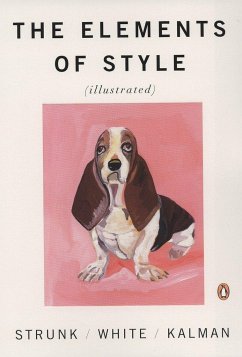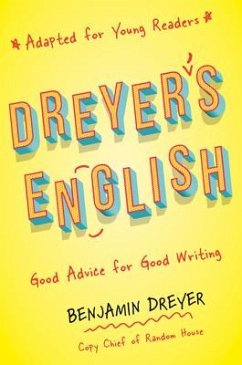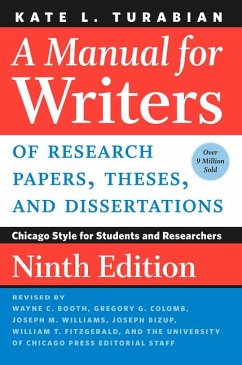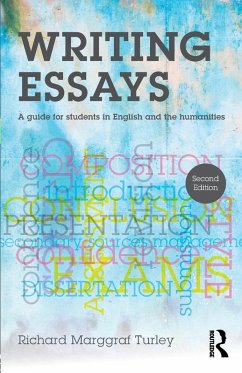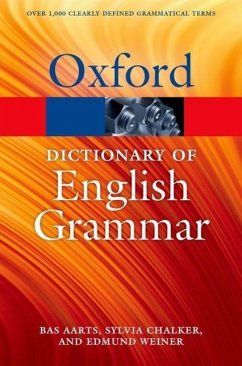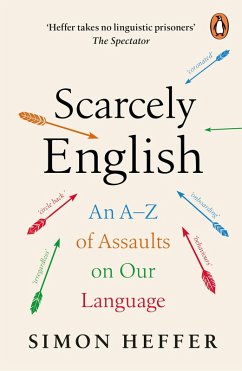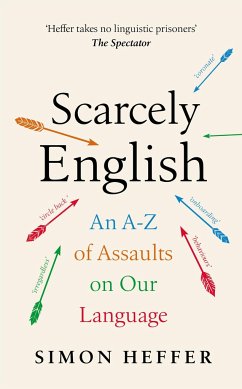
Oxford Guide to Plain English
Versandkostenfrei!
Versandfertig in ca. 2 Wochen
10,99 €
inkl. MwSt.

PAYBACK Punkte
5 °P sammeln!
The Oxford Guide to Plain English offers practical guidelines to help readers make their writing clearer by improving structure, word choice, grammar, punctuation, and layout. This new edition gives expert and up-to-date advice on all aspects of the writing process, from planning the material successfully to writing in the most user-friendly way.



